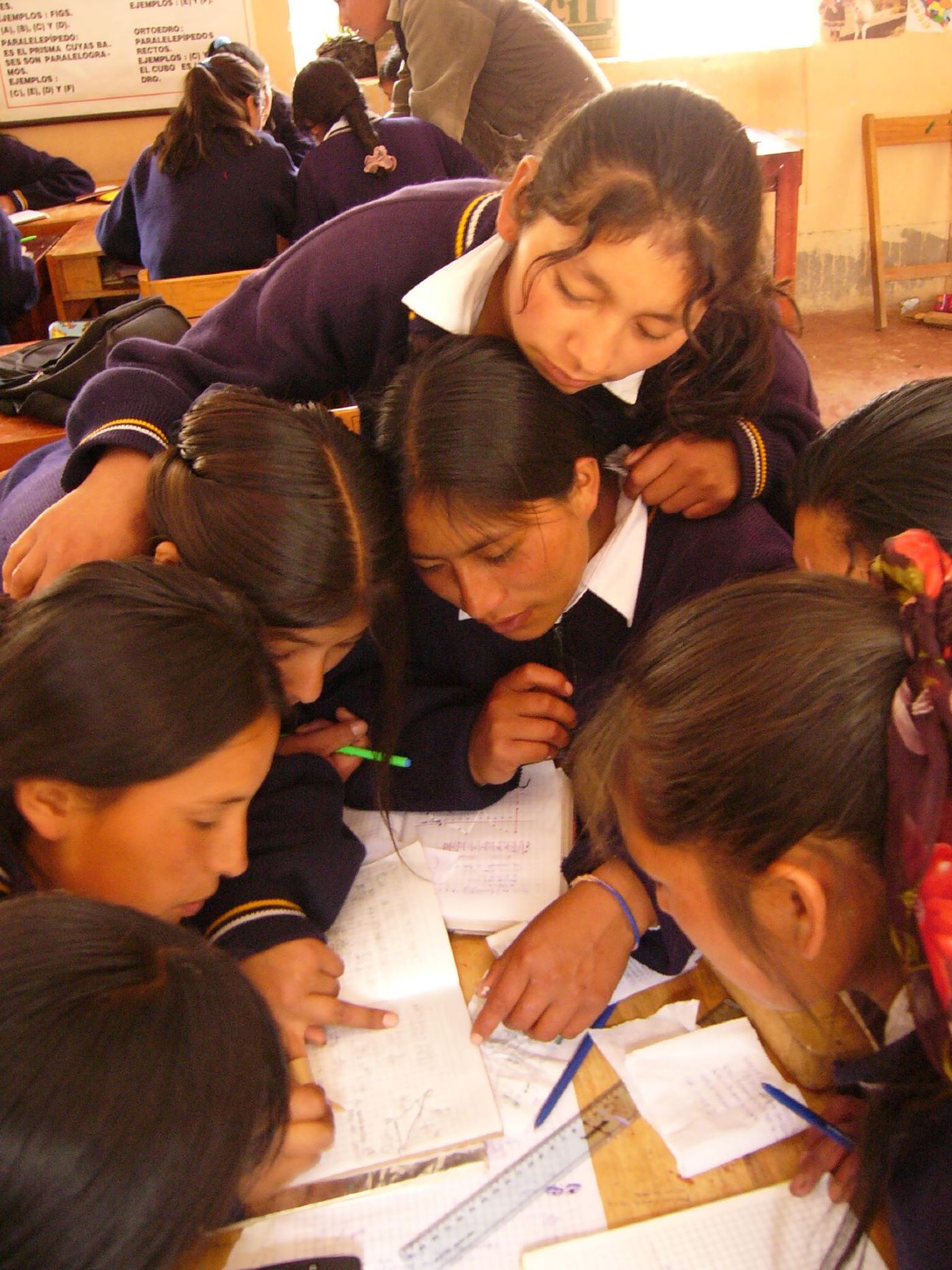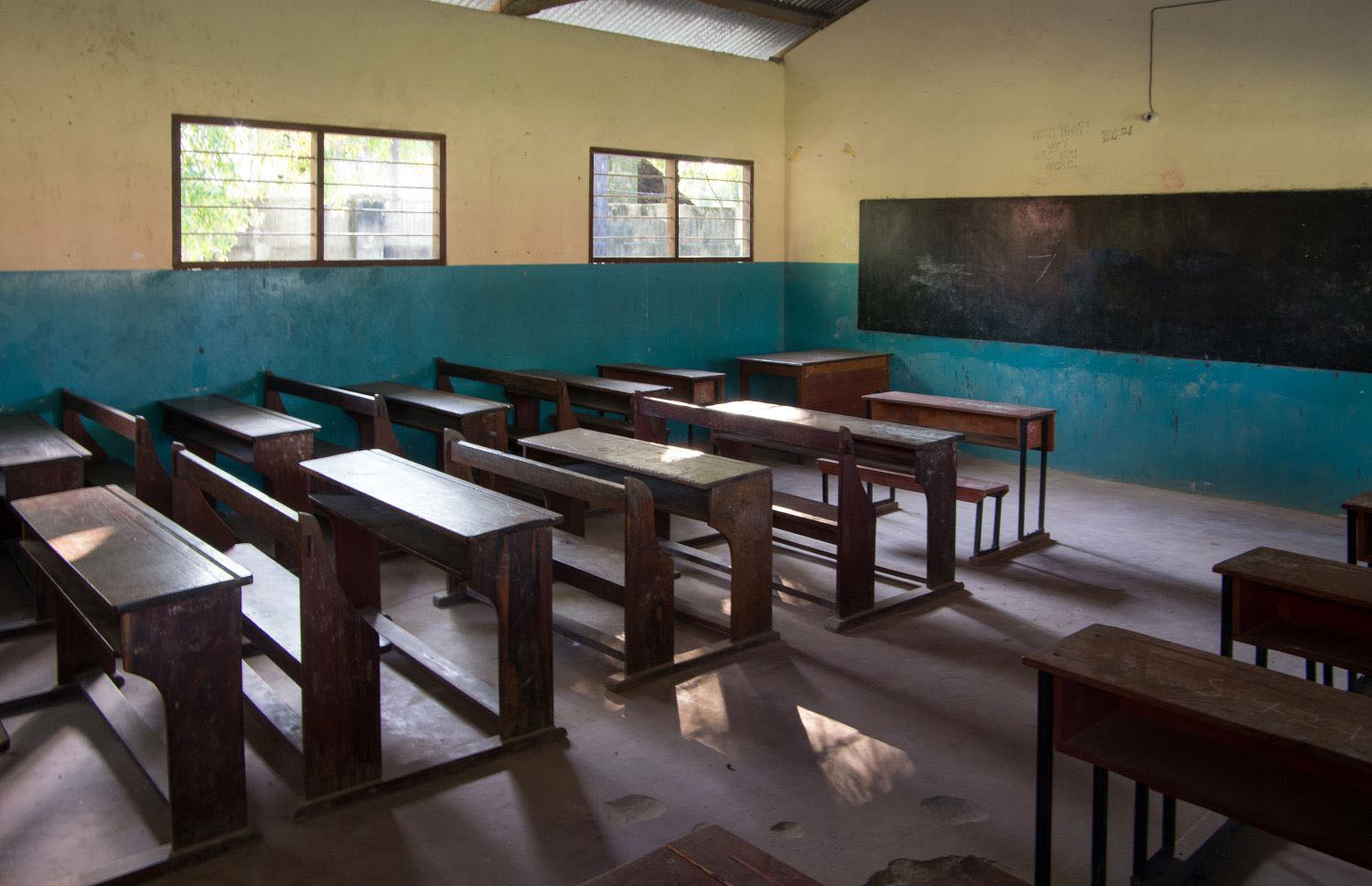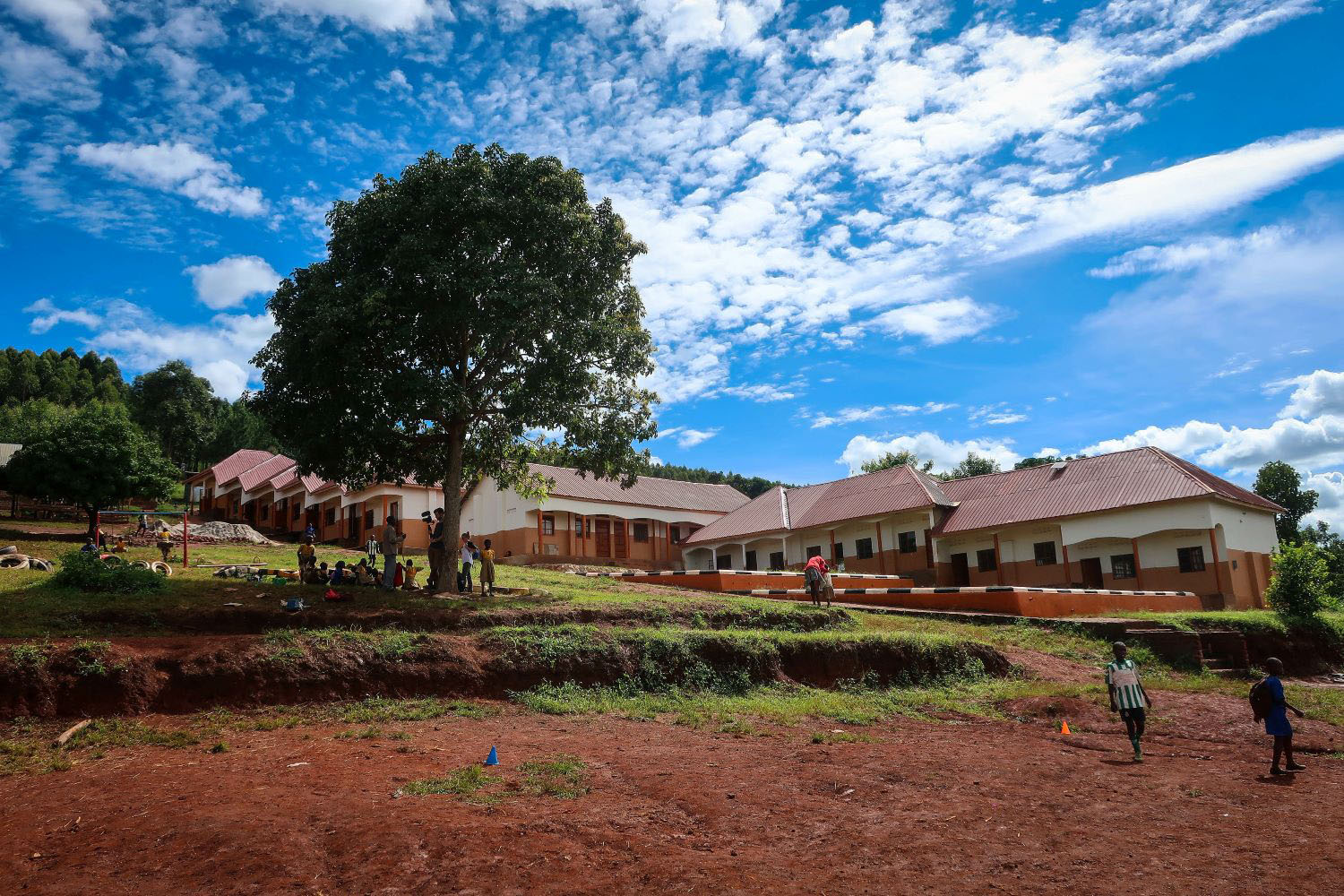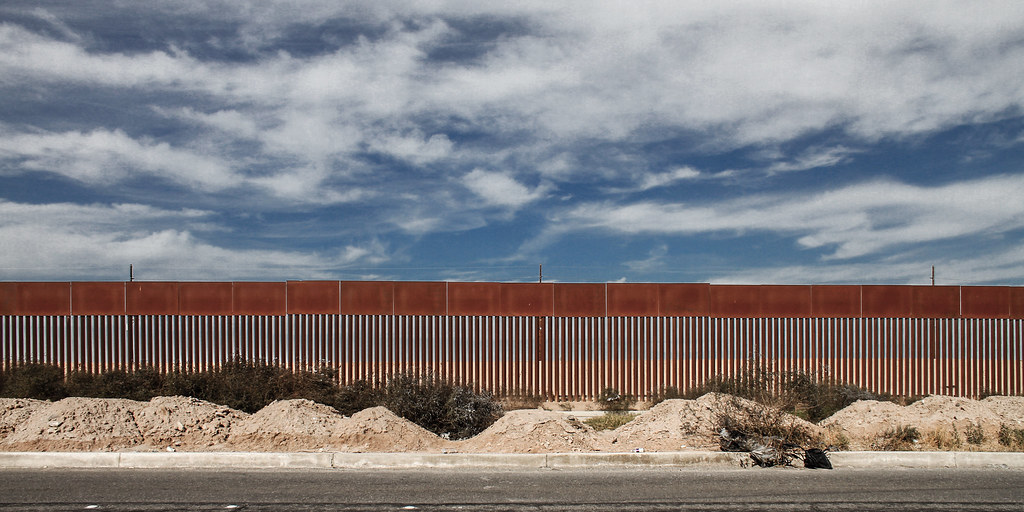Recommended

WORKING PAPERS
Globally, almost a third of students aged 13 to 15 have been victims of violence in schools. This is an alarming statistic. Exposure to school violence affects students’ learning, socio-emotional development, and physical and mental health. School safety is an essential precondition for students to reap the benefits of education, but many low- and middle-income countries have not established the right strategies and systems to keep children safe in school.
School staff tend to face two key challenges when trying to combat school violence. First, they often don’t know when or where school violence is happening. Second, they may not know what actions to take to keep children safe. The first challenge is partly a result of the lack of standardized reporting mechanisms and real-time information on incidence of violence, while the second is exacerbated by the fact that there is limited rigorous evidence on how to effectively deal with school violence—particularly in low- and middle-income countries. In a new working paper, I explore whether training school leaders on the management of school violence is an avenue to improve student experiences at school.
Setting of the study
Peru is an ideal country to study this for two main reasons. First, the Ministry of Education established standardized mechanisms for victims, confidants of the victims, or witnesses to report incidents of violence, providing real-time information on the prevalence of school violence since 2013. Second, in 2019, the Ministry of Education implemented a large-scale national training program to foster school leaders’ skills in the management of school violence.
The program aimed to improve school leaders’ ability to effectively respond to cases of violence, encourage the use of positive discipline strategies, and mitigate risks of school violence. Given budget constraints, the intervention was only offered to nine schools in each of the country’s 220 provinces. The nine schools that received the training were chosen based on their top ranking in terms of a specified distance and student population criteria. This meant that despite the fact that the schools that ranked 10 were very similar to those that ranked 9, they did not receive the program. This selection approach allowed me to use what is known as a “fuzzy regression discontinuity design” to estimate the short-term impacts of the intervention by comparing the outcomes of the schools that fulfilled the eligibility criteria (i.e., ranked in the top 9) to schools that almost did (i.e., those ranked just above 9).
What happened in the schools that received the training program?
Schools reported more incidents of violence
Having timely data on incidents of school violence is a necessary step to identify the prevalence of violence and to take actions to stop violence from happening again. However, data on violence often suffers from underreporting as victims (or others who are aware of the violence) may be hesitant to speak up. Keeping in mind particular nuances, as is the case with domestic violence or violence in the workplace, the decision to report incidents of school violence will be affected by several individual, family, community and school factors and beliefs.
In Peru, the training program increased the likelihood of reporting incidents of violence by 15 percentage points, which corresponds to more than a 100 percent increase relative to the comparison group. It also increased the number of incidents of violence reported either by the victim, their family, peers, or the school staff. In line with the evidence suggesting that students aged 11 to 14 are more likely to be victims of school violence, there was higher reporting in secondary levels of education.
Exploring the mechanisms behind this result, I found that the schools that received the training worked on more school practices that could have reduced barriers to reporting. This included practices such as the dissemination of reporting mechanisms, monitoring of incidents of violence, and incorporating school safety as a priority in classroom plans. These actions could have reduced information barriers related to where and how to report, as well as potentially increase trust in the school’s ability to deal with school violence
I also explored whether students' exposure to violence changed due to the intervention. To do this, I used data based on 14-year-olds’ responses to questions on whether they witnessed cases of physical and psychological violence and found that the intervention did not change exposure levels in the short term. This result would suggest that the increase in reporting reflects a change in the willingness to report violence rather than an increase in violence levels.
Students were more likely to stay in the same school
Speaking up about violence and seeing the school take actions to address it, may have changed the school environment and the students’ experience of school. Some of the benefits of reporting or speaking up relate to improvements in psychological well-being arising from feelings of safety, self-protection, protection of others, and redistribution of justice. Students in the beneficiary schools may have experienced these benefits, as I observed the intervention reduced students’ likelihood of switching schools by 2 percentage points, which corresponds to a 20 percent decrease relative to the comparison group.
When analysing the effects on learning outcomes one month after the intervention, I found no significant impact, leaving open the question of whether there would be changes in the medium or the long term.
Training school leaders on how to manage school violence is a promising avenue to generate safer learning environments for children
Taken together, a large-scale government-led intervention in Peru positively changed the reporting outlet and students’ desire to stay in the same school. My study suggests that school leaders are a key entry point to address school violence, especially in contexts where the school staff has limited knowledge or skills regarding how to deal with school violence. It also highlights the importance of reducing barriers to reporting, particularly through changing school staff practices. In Peru, this potentially contributed to reducing information barriers and increasing trust in the school personnel's response to school violence. However, there are still many other barriers that could be addressed, including those imposed by restrictive social norms and stereotypes.
Of course, focusing on training school staff is not the only avenue to generate safer school environments. Other interventions that target both the school staff and the students (such as the Good School Tool Kit in Uganda) have also shown to be promising. However, we still have a lot to learn about what works and what is most cost-effective for eliminating school violence in different contexts in the short, medium, and long term—particularly in low- and middle-income settings, where the evidence remains more limited. Hopefully, in the coming years more policymakers, practitioners, and researchers will engage and work together to address this important challenge.
Note: This blog post was updated in November of 2023 to reflect the changes made to the working paper.
Many thanks to Susannah Hares and Radhika Nagesh for comments on this blog post.
Disclaimer
CGD blog posts reflect the views of the authors, drawing on prior research and experience in their areas of expertise. CGD is a nonpartisan, independent organization and does not take institutional positions.









